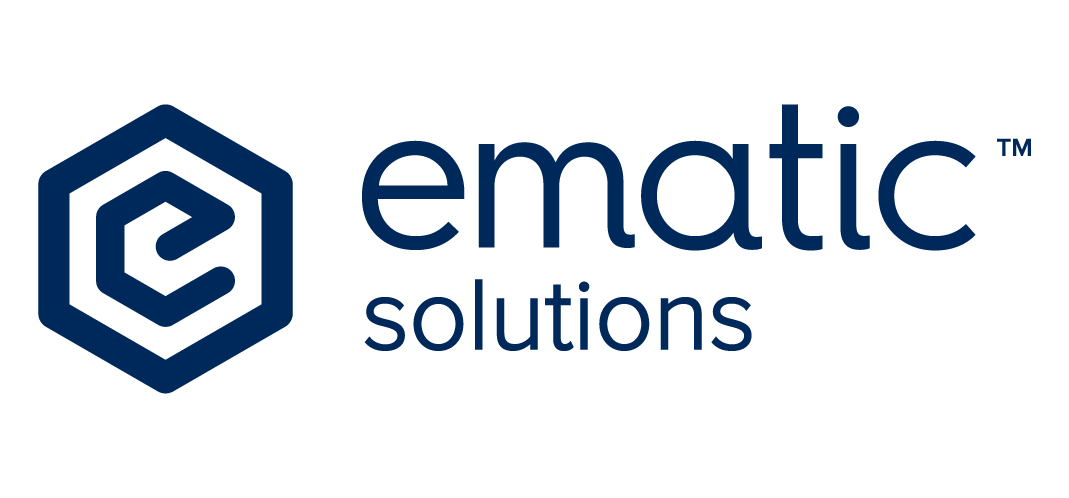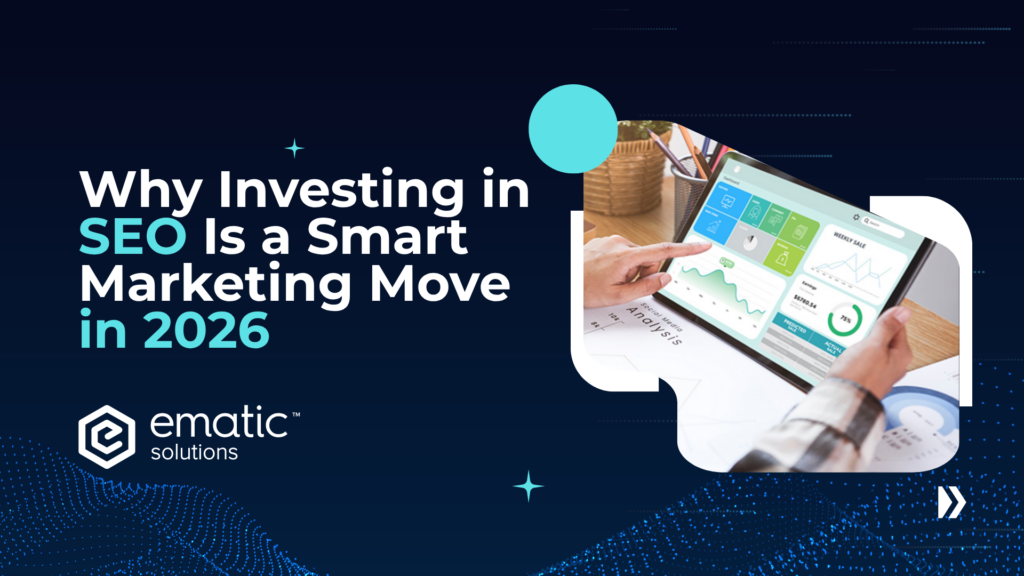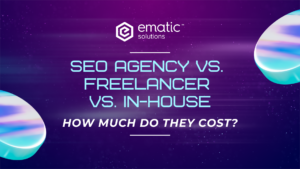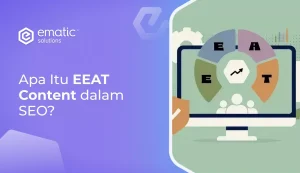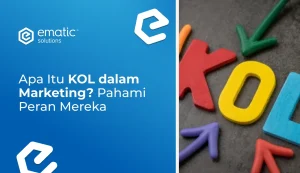Digital marketing never stands still — and neither do your customers. Every year, the way people search, discover, and decide evolves. In 2026, that evolution is faster than ever.
With tighter budgets, higher ad costs, and growing competition across every platform, brands are rethinking how they attract attention and build trust online.
And that’s where SEO quietly proves its value.
It’s not about choosing SEO instead of other marketing channels — it’s about making sure SEO is part of the mix. Because when your customers go looking for answers, products, or solutions, you want to make sure they can find you — not just your ads.
SEO as a Foundation, Not a Fix
There’s a misconception that SEO is something you “add on” when business slows down. In reality, it’s what helps every other channel perform better.
When your website is optimized for search, it loads faster, explains your offering clearly, and helps customers take action. Those improvements don’t just help organic rankings — they also make your paid campaigns more efficient and your overall marketing more cohesive.
At its core, SEO is about helping people (and search engines) understand your value. That’s not a one-time project — it’s an ongoing effort that supports your whole marketing ecosystem.
How Search Has Evolved in 2026
Search engines have become far more intuitive — and user expectations have followed.
People now expect instant, accurate, and personalized results. Google’s AI summaries, voice search, and smarter ranking algorithms mean businesses need more than just the right keywords.
They need:
- Relevant content that answers questions directly.
- Fast, mobile-friendly websites that feel seamless to use.
- Credibility signals like reviews, links, and expertise.
In short, SEO today is less about gaming algorithms and more about creating a genuinely great online experience.
Organic and Paid — Stronger Together
There’s no “either-or” when it comes to SEO and paid media. Both have a place in a smart marketing strategy.
| Aspect | Organic (SEO) | Paid (PPC, Social Ads) |
|---|---|---|
| Speed | Builds gradually | Generates instant visibility |
| Longevity | Lasting impact | Stops when budget stops |
| Cost Structure | Upfront time, ongoing value | Continuous spend |
| Goal | Sustainable growth | Immediate reach |
Paid campaigns are great for quick traction — product launches, promotions, or testing messaging.
SEO, meanwhile, helps you build credibility, reduce reliance on ads, and improve overall discoverability.
The two aren’t competitors; they’re partners. When your organic presence is strong, your paid efforts perform better too.
Why Businesses Still Need SEO in 2026
Even with all the changes in how people consume content, one thing remains true: people search before they decide.
Whether it’s comparing software, finding a restaurant, or choosing a service provider, the discovery process still starts with a search engine.
That’s why SEO continues to matter — because it meets customers where their intent already is.
Here’s what that means for your business:
- You build trust by showing up consistently in search results.
- You gain insight into what your audience actually searches for.
- You improve ROI on other channels by strengthening your website foundation.
It’s not about chasing rankings — it’s about being part of the conversation your customers are already having.
How to Approach SEO Without Overcomplicating It
You don’t need to overhaul your entire website to get started. A few focused steps can make a big difference:
- Start with a health check. A quick SEO audit can reveal technical gaps and easy wins. (Get a Free SEO Audit from Ematic Solutions today!)
- Focus on user experience. Search engines prioritize sites that load fast and are easy to navigate.
- Create helpful, consistent content. The goal isn’t just to rank — it’s to educate and connect.
- Track and refine. Treat SEO like any other channel — measure results and adjust along the way.
Good SEO supports your broader digital marketing strategy, not the other way around.
Avoiding the Common SEO Traps
Many businesses fall into one of two extremes:
- Overinvesting in SEO as a quick fix for traffic problems, or
- Ignoring it entirely because paid ads feel more immediate.
The best approach sits in the middle — integrating SEO into your overall marketing plan. That means combining it with content, paid media, CRM, and analytics for a complete growth picture.
It’s about creating synergy, not silos.
SEO Is a Smart Long-Term Play
SEO isn’t about replacing other marketing efforts — it’s about making them stronger.
It keeps your business visible in the moments that matter most, complements your paid strategy, and builds credibility that compounds over time.
No matter if you’re scaling or stabilizing, investing in SEO today helps your brand stay discoverable tomorrow.
And if you’re unsure where to start, Ematic Solutions’ free SEO audit can help you get a clear picture of your site’s health and identify what improvements will bring the biggest impact. No hard sell — just useful insights to guide your next move.
Frequently Asked Questions (FAQs)
How much should I budget for SEO services?
At Ematic Solutions, we believe that there’s no one-size-fits-all price for SEO. It depends on your website’s size, issues, and specific goals. Some businesses start small with audits and on-page optimization, while others invest in full-scale strategies. Instead of sending you a package, Ematic Solutions will tailor a plan and scope according to your needs.
How do I know if my business needs SEO?
If you rely on your website to attract leads, sales, or inquiries — you need SEO. A simple check: search for your own products or services online. If you’re not appearing where customers are looking, that’s a strong sign SEO could help.
(Tip: Ematic Solutions’ free SEO audit can show you exactly where your site stands today.)
What’s the difference between hiring an SEO agency and doing it in-house?
An in-house marketer may handle ongoing content or technical updates, but an agency brings broader experience, specialized tools, and a data-driven outside perspective. Many brands choose a hybrid model — internal marketing leads supported by an agency for strategy, audits, and implementation.
How long does it take to see SEO results?
Typically, small improvements appear within a few weeks, but more substantial results — such as consistent traffic growth and conversions — take around 3 to 6 months. SEO is a gradual process that builds momentum over time.
Can SEO work together with paid advertising?
Definitely. The best results happen when organic and paid efforts work hand in hand. SEO builds trust and authority, while paid ads bring immediate visibility. Together, they reinforce each other and help you reach both new and returning audiences.
